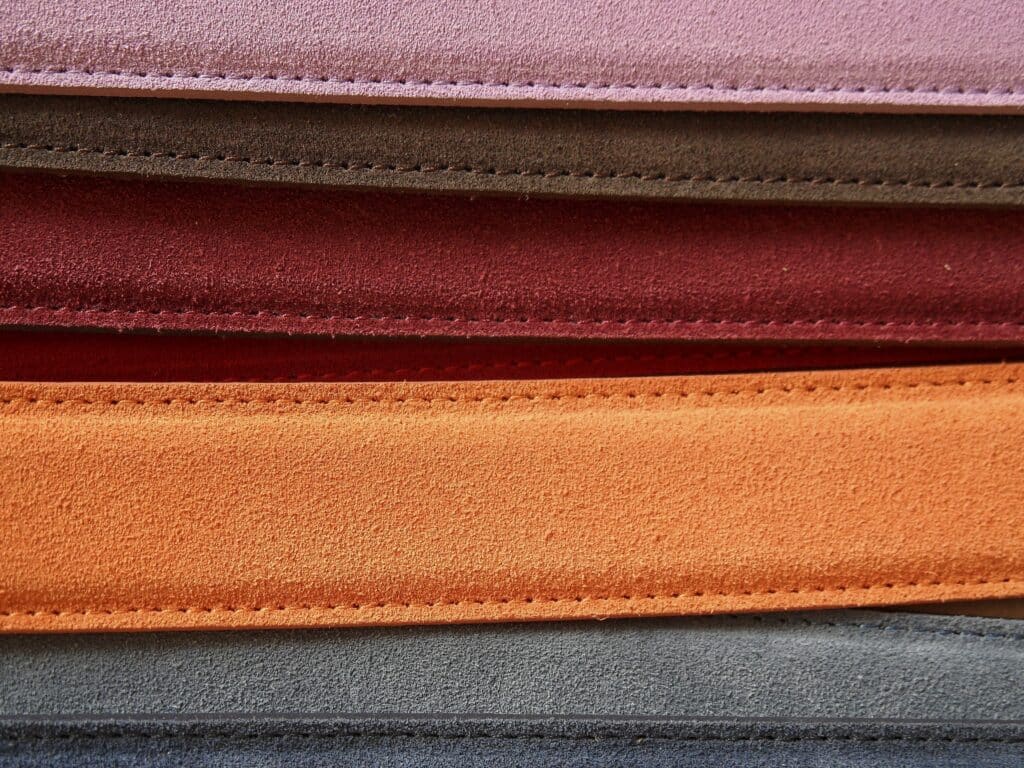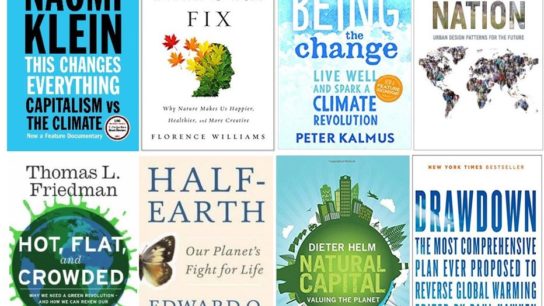Luxury brands often pride themselves on their use of real leather, attracting loyal customers through the sense of exclusivity even at the cost of an animal’s suffering. However, times are changing as companies’ horrendous animal exploitations come to light. More people are aware of the ethics surrounding real leather, prompting the rise of vegan leather in the fashion industry. Nonetheless, vegan leather also has its fair share of disadvantages. In this article, we explore the pros and cons of replacing real leather with a vegan alternative.
—
The Horrors of Real Leather
In order to wear the skin of an animal, an animal must be skinned. Although this idea may seem obvious, many purchases of real leather are made without truly thinking about what this means. In order to understand why we need to find a replacement, it is important to first acknowledge the nightmare of obtaining animal hides.
Treated like mere products, captured animals are squeezed into crowded spaces and suffer from various forms of torture. According to a 2023 study by Collective Fashion Justice and FOUR PAWS, the targeted animals are mutilated in several ways such as dehorning, castration, and hot iron branding. To make matters worse, the victims go through it all without any form of pain relief.
With lack of control and supervision, the farming environment itself is already lethal for animals. Under Florida law, it is legal to cram 350 6-foot (1.82 metres) alligators in a space of a typical family home. With extremely limited space, wild animals are likely to wound one another, increasing risk of infection and diseases.
“In farms, 90% of the injuries the animals suffer are directly related to the oppressive nature of their environment,” explains reptile biologist Dr. Clifford Warwick. As a result of poor living conditions, animals grow deformities that exacerbate the pain of their deaths.
“Exotic” crocodiles and alligators are viciously hunted for their flesh. The latter are beaten to near-death conditions by mallets and axes, sometimes until decapitation. After several blows to the head, they are left paralysed and in pain for hours, waiting for their flesh to be scrapped from their bodies.
But it does not end there. In order to make animal skin wearable for human beings, it must undergo a tanning process that further abuses both the environment and people.
Contrary to popular belief, real leather is not biodegradable. Indeed, animal skin is natural but the chemicals immersed in it during tanning are not. In the same 2023 report mentioned previously, it was found that 170 chemicals used for tanning leather could harm soil and animals, worsen air pollution, and generate loads of wastes, including hazardous ones. With the involvement of lead, cyanide, and formaldehyde comes an excessive amount of chemicals that is toxic enough to kill people near the tanneries.
According to the World Health Organisation (WHO), about 90% of those who reside near Bangladesh’s hazardous tanneries are found to die before the age of 50. Additionally, safety standards are low or non-existent, since workers as young as eight years old handle hydrogen sulphide and sulphuric acid without wearing any protective gear.
The US Centers for Disease Control and Prevention revealed that the probability of developing leukaemia in an area surrounding a tannery in Kentucky was five time the national average. Furthermore, research shows that tannery workers in Italy and Sweden are 20% to 50% more likely to have cancer.
The production of real leather has generated a long list of adverse effects, paving the way for another type of leather to enter the market: Vegan leather.
You might also like: Fast Fashion and Its Environmental Impact
What is Vegan Leather?
Much like a vegan diet, vegan leather is manufactured without the involvement of animals. Instead, it mimics the texture of real leather through artificial or plant products.
Before diving into the types of vegan leather, it is important to understand that the term “vegan” in fashion is not synonymous with “sustainable”. It merely addresses the fact that items are made out of plants instead of animals.
Vegan leather can be categorised into three types: faux leather, plant-plastic hybrids, and plastic-free leather.
Faux leather, or PU leather, involves polyurethane (PU) and polyvinyl chloride (PVC), which are derived from fossil fuels. Plastic substances are bound to their base fabrics of cotton or polyester, before everything is bound with PU or PVC.
Plant-plastic hybrids involve a combination of plant materials and PU, where the latter is used to ensure the durability and water resistance of the products. So far, there is a variety of plant matter used for vegan leather, including mushrooms’ mycelium, pineapple leaves, cactus leaves, and grape skin.
Plastic-free leather involves cork, rice, natural tree rubber or coconut waste. Plastic-free leather involves cork, rice, natural tree rubber or coconut waste. For example, Mirum – a company that sells plant-based and plastic-free fashion items – uses natural materials that can be recycled back into a new batch of products. This fulfils an eco-cycle of production.
The Pros and Cons of Vegan Leather
Vegan leather’s exploitation of plant matter is more advantageous than one thinks. After picking out fresh pineapples and cactuses, their leaves are often left unbothered. Vegan leather, however, makes full commercial use of agricultural byproducts that would otherwise go discarded. This generates another stream of eco-friendly income for both farmers and fashion companies.
Vegan leather’s greatest disadvantage is indeed its occasional use of plastics, which are completely non-biodegradable and would linger for eternity. Some would even consider the aftermath of faux leather to be worse than that of real leather.
Nonetheless, the bigger issue is how the fashion industry deliberately conceals it through extensive exploitation of greenwashing. Continuously portrayed as a sustainable alternative, the public is pushed to believe that all vegan leather has zero environmental consequences. In a survey by Atomic Research for Leather UK and Leather Naturally, 74% of respondents found the term “vegan leather” confusing and were unaware of the presence of plastics in it.
To make matters worse, there is very little media coverage on the true composition of vegan leather, waning public understanding and encouraging buyers to fall prey to corporate agendas.
What Should We Do?
As disappointing as this may all sound, there is an overlooked silver lining to this situation. Instead of generating more plastic waste, vegan leather production should incorporate recycled plastics.
Dubai fashion company Veganologie has begun the recycling journey of PU leather. For each crossbody leather bags it produces, 11 plastic bottles are melted and pressed into vegan leather or threaded into yarn to generate vegan suede.
This innovative idea, however, would be useless if it was left unknown to the public. By simply spreading the word, the press, non-governmental organisations, and social media platforms have the compelling power to transform vegan leather made from recycled plastics into a run-of-the-mill production strategy.
With mass support, this sustainable method of producing vegan leather has tremendous potential to overthrow real leather and dominate the fashion scene.
Featured image: Pixabay
You might also like: 5 Fast-Fashion Brands Called Out for Greenwashing














